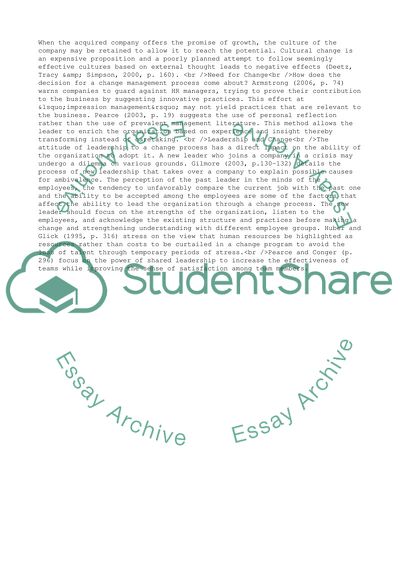Cite this document
(Change and Its Theories and Management Essay Example | Topics and Well Written Essays - 1500 words, n.d.)
Change and Its Theories and Management Essay Example | Topics and Well Written Essays - 1500 words. Retrieved from https://studentshare.org/business/1727531-report-of-change-management
Change and Its Theories and Management Essay Example | Topics and Well Written Essays - 1500 words. Retrieved from https://studentshare.org/business/1727531-report-of-change-management
(Change and Its Theories and Management Essay Example | Topics and Well Written Essays - 1500 Words)
Change and Its Theories and Management Essay Example | Topics and Well Written Essays - 1500 Words. https://studentshare.org/business/1727531-report-of-change-management.
Change and Its Theories and Management Essay Example | Topics and Well Written Essays - 1500 Words. https://studentshare.org/business/1727531-report-of-change-management.
“Change and Its Theories and Management Essay Example | Topics and Well Written Essays - 1500 Words”, n.d. https://studentshare.org/business/1727531-report-of-change-management.


